For your own interest and as a reliable measure of performance it is a good idea to regularly monitor your planting site over time. Here are some simple ways you can do this.
A good way to record plant growth is simply to take a photo of your planting site from the same spot on a regular basis. For each site we recommend creating two to four photopoints where a photograph can be taken looking in the same direction over several years, ideally using the same camera and settings.
When choosing a photopoint, consider how future growth may obscure the view. It is a good idea to mark the spot with permanent stake or stand at an obvious point such as a corner or fence post. It is useful to include something in the background of the photo that will act as guide when duplicating the image in the future. This could be a fence post, hills in the background or a building.
We take photos from photopoints at our Greendot sites for at least two years as part of our monitoring work.


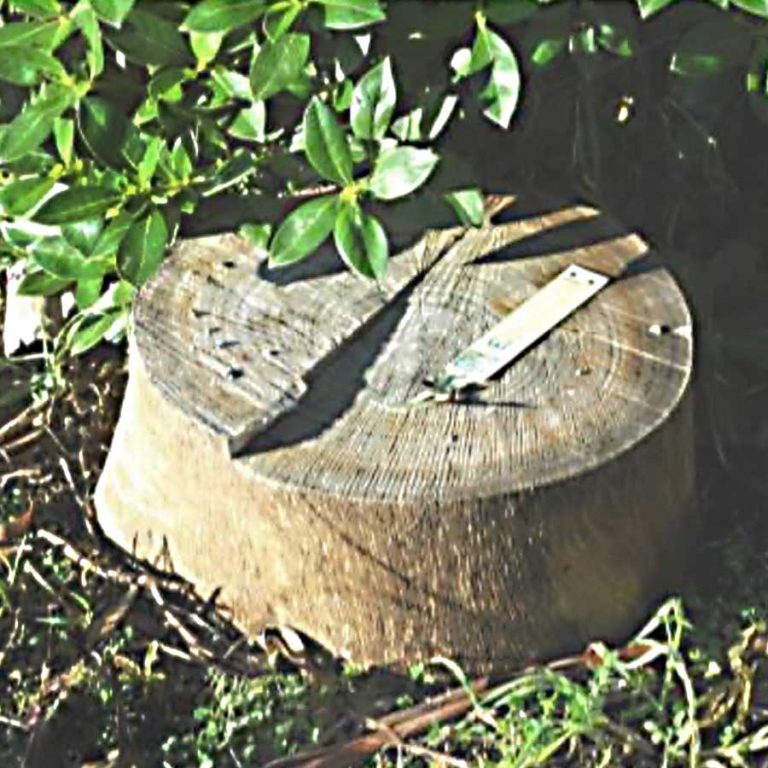
Wooden discs simulate fallen logs in mature forest. Discs of pine, macrocarpa or other woods, cut from logs 40-60 cm in diameter and 10-20 cm thick can be used to replicate the fallen logs found in mature native forests.
For best results the discs need to be dried and the flattest surface placed on bare soil. Remove any leaf litter and grasses before placement. Ideally 6-8 discs should be used for each monitoring site and can be labelled by stapling or nailing tags on the tops of the discs.
These discs provide a moist, safe haven for native invertebrates and lizards. Invertebrate species that use them include: spiders, ground beetles, cave wētā, snails, slugs, earthworms, flatworms, leaf-vein slugs, harvestmen, centipedes, millipedes, slaters, springtails and mites.
A month or so after placement, the populations of these species can be monitored by slowly lifting one side of the disc, counting and/or photographing species beneath and carefully lowering it back to its original position without squashing individuals that may have moved.
Ideally any monitoring should happen at the same time(s) each year to standardise comparisons over years. A record of species under discs can be kept in a data file with the date of observations. Your findings can also be loaded on to iNaturalist NZ – Mātaki Taiao where you can set up your own project and even get people to help you identify any unknown species.
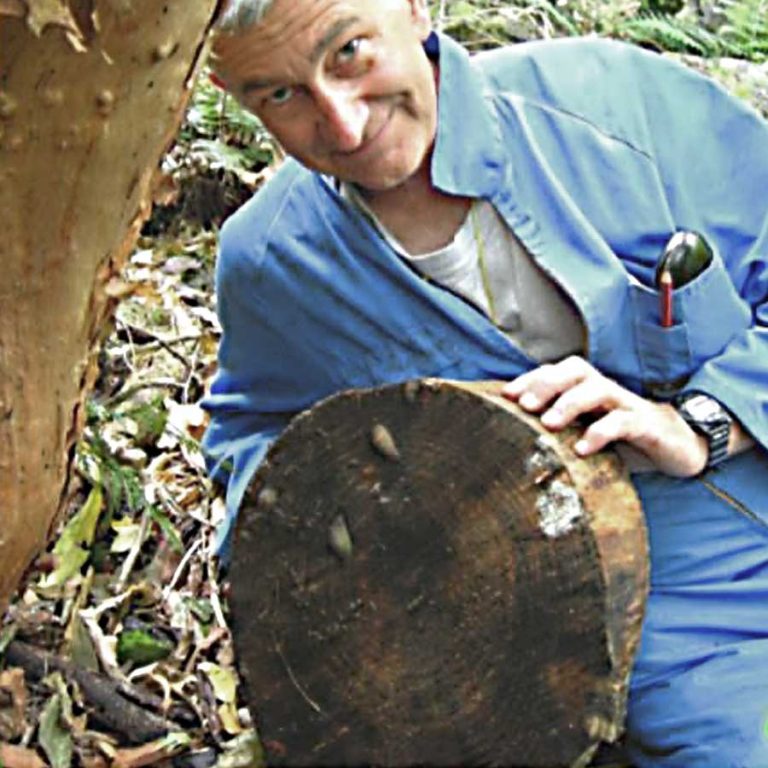
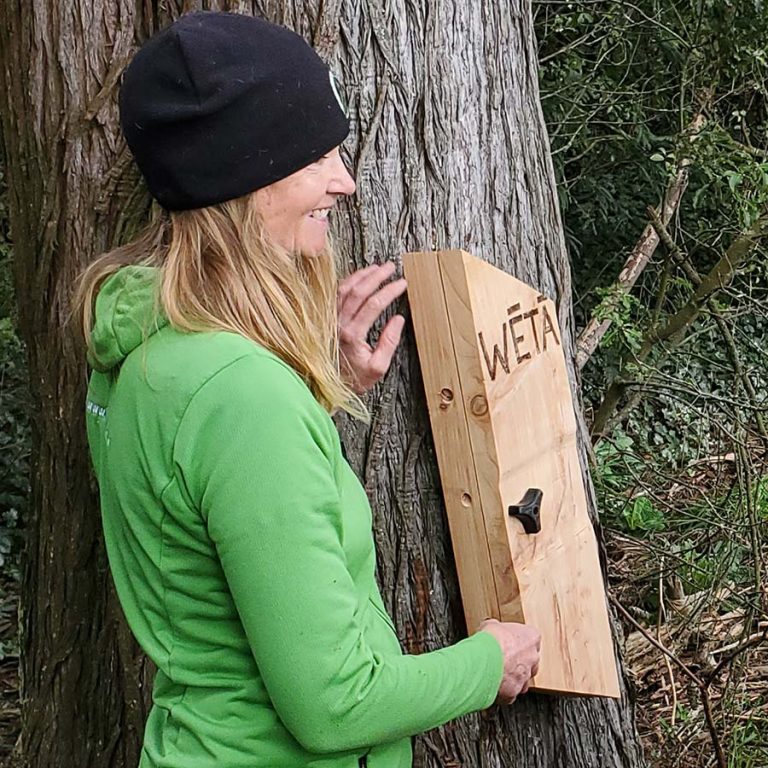
Wētā motels are wooden refugia that simulate natural galleries that wētā and other invertebrates use in trees. They have a hole that is only just big enough to let wētā in, but too small for its predators – mice, rats, possums, hedgehogs, etc. Other insects and invertebrates to use the motels include leaf-vein slugs, spiders and beetles. Wētā motels are great for kids, schools, community plantings, ecological restoration projects, etc. Motels can be monitored over time to watch how motel occupation changes.
Source or make your own a wētā motel. Then select a tree (preferably a native) such as Kanuka, Hoheria, Fuchsia, or Ribbonwood. Choose a tree with a diameter wider than the motel and preferably trees with holes 10-18mm in diameter. Holes with webbing will most likely have spiders inside.
DOC have produced a great guide for this project. Click on the button below to find out more.
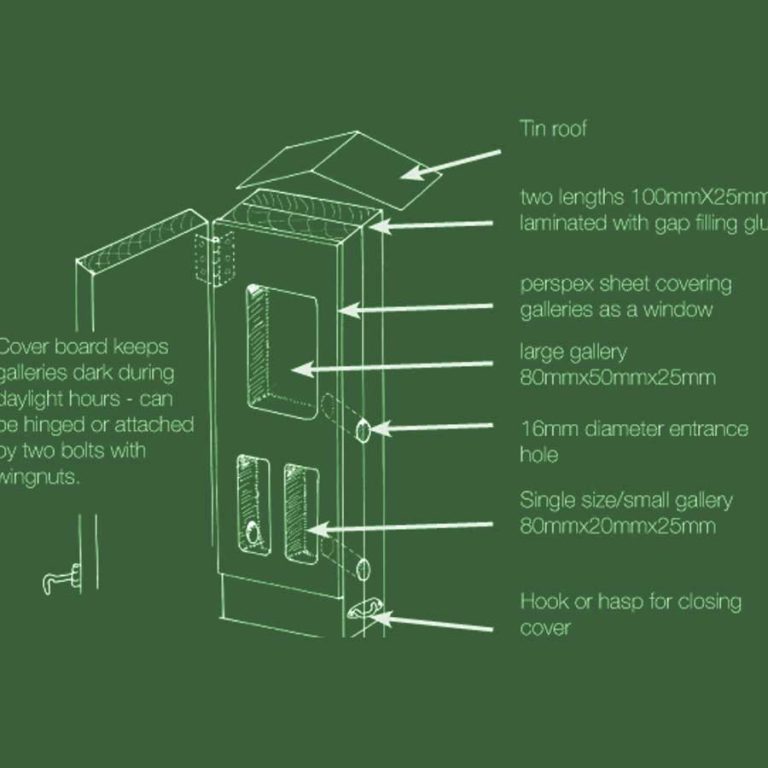
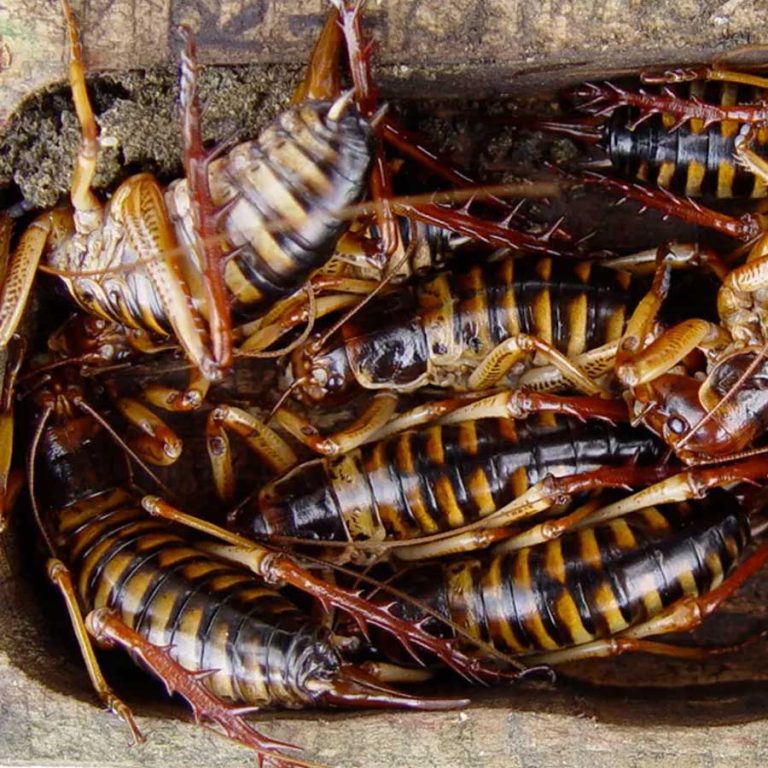
Tie your wētā motel to the tree using lacing wire anywhere from 0.5m to 2m above the ground. Tie it tight enough so it does not slide down or move easily, but not too tight as to cut into the tree.
Check your motel every three months for inhabitants. Do not open regularly or wētā or other occupants may abandon the motel. Unlock the door using pliers as the wood can sometimes swell up. Slide the front panel sideways slowly as any inhabitants present will be nocturnal and may startle in the bright light. Close door carefully ensuring wētā antenna or legs are not in the way.
We really value everyone’s input and support into helping us achieve our goals. Whatever you can do to help will be really appreciated and will make a positive difference.
Simply fill out the form and send us a message and we can then start the ball rolling.